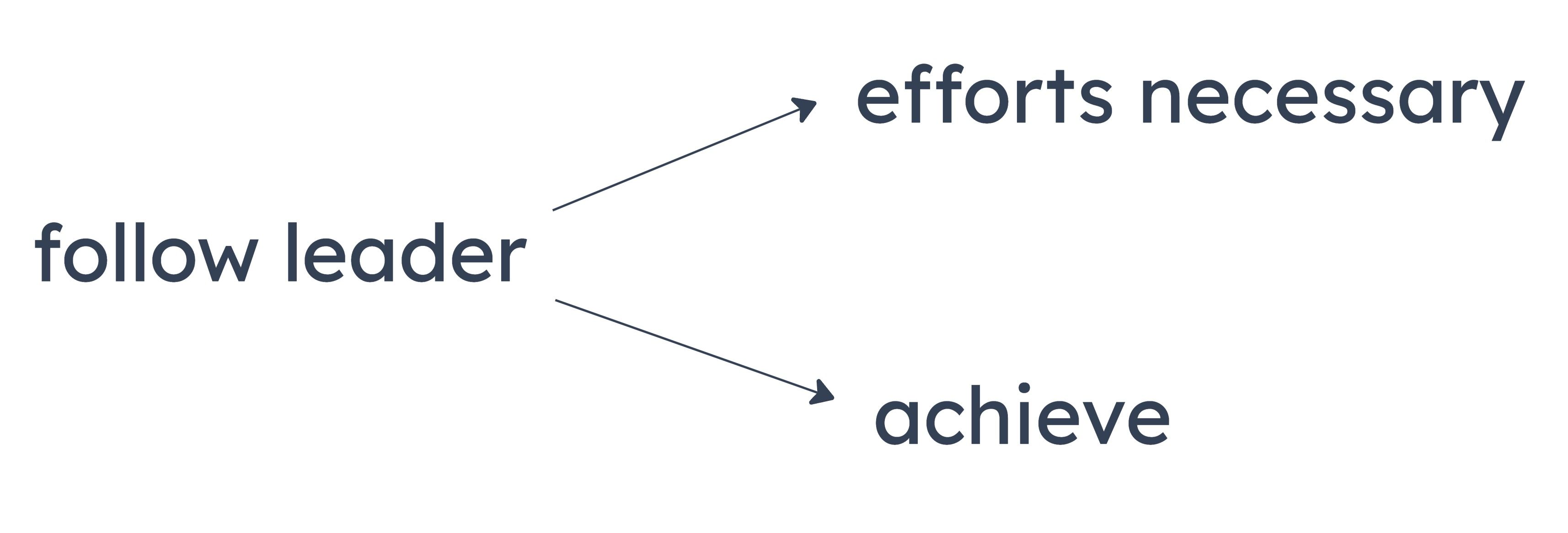Sign up to star your favorites LSAT 121 - Section 4 - Question 13
April 21, 2012
A
It overlooks that a witness may think that a defendant is guilty even though that witness’s testimony in no way implicates the defendant.
B
It confuses facts about what certain people believe with facts about what ought to be the case.
C
It presumes, without providing warrant, that juries find defendants guilty only if those defendants committed the crimes with which they are charged.
D
It presumes, without providing warrant, that a jury’s finding a defendant not guilty is evidence of dishonesty on the part of someone who testified against the defendant.
E
It fails to consider that jury members sometimes disagree with each other about the significance of a particular person’s testimony.
Sign up to star your favorites LSAT 121 - Section 4 - Question 14
April 21, 2012The law offers tax incentives for lumber companies for each unit of cleared land that they reforest.
A company purchased a large area of already cleared land and reforested it in order to receive the tax incentives.
The company paid for this purchase by clearing a larger tract of land in the region that it had originally planned to hold in long-term reserve.
A
It is a failure in encouraging the reforestation of cleared land in the region.
B
It will have no immediate effect on the amount of forested land in the region.
C
It will ultimately cause lumber companies to plant trees on approximately as much land as they harvest in the region.
D
It can provide a motivation for companies to act in a manner contrary to the purpose of the law while taking advantage of the tax incentives.
E
It will provide lumber companies with a tax incentive that will ultimately be responsible for a massive decrease in the number of mature forests in the region.
Sign up to star your favorites LSAT 121 - Section 4 - Question 15
April 21, 2012
A
confuses a necessary condition for the museum’s remaining open with a sufficient condition for the museum’s remaining open
B
takes for granted that no previous exhibit at the museum had received such extensive media coverage
C
takes for granted that most people who read articles about the exhibit also attended the exhibit
D
fails to address the possibility that the exhibit would have drawn enough visitors to prevent bankruptcy even without media coverage
E
presupposes the very conclusion that it is trying to prove
This is a pretty tough question. We're prone to understand the argument incorrectly.
The conclusion states that the museum's continued existence depended on the coverage from the local media. In other words, the local media's coverage was a necessary condition for the museum's being still open and in business.
Fair enough. Why should we believe this? One premise says that if there was low attendance at the recent exhibit then the museum would have closed. Okay, good. This means that a necessary condition of the museum staying open is medium-to-high level attendance at the recent exhibit.
Now, in order for the conclusion to follow, we simply need to show that coverage from the local media was the only thing responsible for medium-to-high level attendance.
Does the remaining premises show that? No. It says that local media coverage existed. It also says that local media coverage seems to have contributed to attendance. In other words, it seems to have been a causal factor.
Seems to have contributed? Did it contribute or not? Was it a causal factor or not? We don't know.
That's mistake #1.
Correcting for it, the premise still isn't good enough. The corrected version says that local media coverage contributed to attendance. We we needed it to say that local media coverage was the necessary cause for medium-to-high level attendance. Otherwise, why would the museum's existence depend on it? That's mistake #2.
As for (A), the "necessary condition" it's referring to is "medium-to-high level attendance at the recent exhibit." But the argument never mistook that for a sufficient condition. Did you?
Sign up to star your favorites LSAT 121 - Section 4 - Question 16
April 21, 2012Economist: A tax is effective if it raises revenue and burdens all and only those persons targeted by the tax. A tax is ineffective, however, if it does not raise revenue and it costs a significant amount of money to enforce.
Summary
If a tax raises revenue and burdens only people targeted by the tax, then then tax is effective. If a tax does not raise revenue and it costs a significant amount of money to enforce, then the tax is ineffective.
Strongly Supported Conclusions
If a tax is ineffective, then it either does not raise revenue or it does not burden all and only people targeted by the tax.
A
The tax on cigarettes burdens most, but not all, of the people targeted by it. Thus, if it raises revenue, the tax is effective.
This answer is unsupported. This answer fails one of our sufficient conditions for a tax to be considered effective. We need both of the sufficient conditions in order for a tax to be considered effective.
B
The tax on alcohol raises a modest amount of revenue, but it costs a significant amount of money to enforce. Thus, the tax is ineffective.
This answer is unsupported. This answer fails one of our sufficient conditions for a tax to be considered ineffective. We need both of the sufficient conditions in order for a tax to be considered ineffective.
C
The tax on gasoline costs a significant amount of money to enforce. Thus, if it does not raise revenue, the tax is ineffective.
This answer is strongly supported. It meets both of our sufficient conditions we are given for a tax to be considered ineffective.
D
The tax on coal burdens all of the people targeted by it, and this tax does not burden anyone who is not targeted by it. Thus, the tax is effective.
This answer is unsupported. There are two sufficient conditions to be met in order for a tax to be considered effective. This answer only satisfies one of the two sufficient conditions.
E
The tax on steel does not cost a significant amount of money to enforce, but it does not raise revenue either. Thus, the tax is ineffective.
This answer is unsupported. This answer fails one of our sufficient conditions for a tax to be considered ineffective. We need both of the sufficient conditions in order for a tax to be considered ineffective.
Sign up to star your favorites LSAT 121 - Section 4 - Question 17
April 21, 2012
A
takes for granted that because one event precedes another the former must be the cause of the latter
B
presumes, without providing justification, that a certain outcome would be desirable
C
ignores the possibility that a certain type of outcome is dependent on more than one factor
D
takes for granted that a threat that is aggravated by certain factors could not occur in the absence of those factors
E
draws a conclusion about what is possible from a premise about what is actually the case
Sign up to star your favorites LSAT 121 - Section 4 - Question 18
April 21, 2012
If people are following a leader, they are convinced that their efforts will actually achieve the accomplishment.
A
Some leaders who convince their followers of the necessity of their efforts in achieving a goal fail, nevertheless, to lead them to the attainment of that goal.
B
One who succeeds in conveying to one’s followers the relationship between their efforts and the attainment of a collective goal succeeds in leading these people to this goal.
C
Only if one is a leader must one convince people of the necessity of their efforts for the attainment of a collective goal.
D
Sometimes people succeed in achieving a collective goal without ever having been convinced that by trying to do so they would succeed.
E
Sometimes people who remain unsure of whether their efforts are needed for the attainment of a collective goal nevertheless follow a leader.

Sign up to star your favorites LSAT 121 - Section 4 - Question 19
April 21, 2012
A
Because it is easy to build up a tolerance to the new drug, most people will no longer experience its effects after taking it every night for two weeks.
B
The psychological comfort afforded by the belief that one has taken a sleep-promoting drug is enough to prevent most episodes of insomnia.
C
The new drug is very similar in chemical composition to another drug, large doses of which have turned out to be less effective than expected.
D
Most insomniacs sleep better in a new environment, and the new drug has no effect on an insomniac’s ability to sleep.
E
Some insomniacs cannot reliably determine how much sleep they have had or how well they have slept.
Sign up to star your favorites LSAT 121 - Section 4 - Question 20
April 21, 2012